How Pioneers Washed Clothes
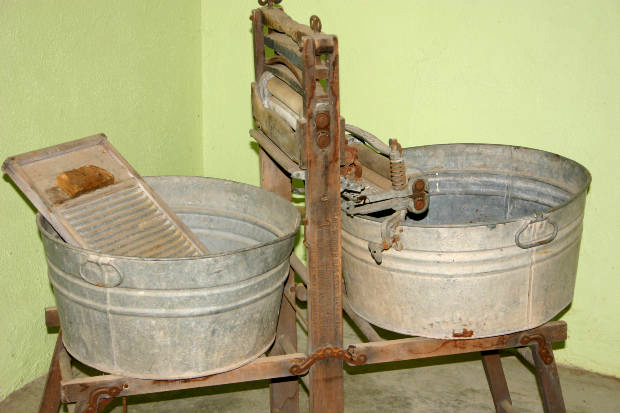
The cleaning chapter from the Iowa Settlers Manual of 1881 explains how to make a basic liquid laundry detergent using available materials.
Washing clothes in the days of the pioneers and settlers was an elaborate ritual. Multiple tubs of water, scrubbing boards, handmade soaps, blue dyes for the white clothes, salt for the colored – and all done on a Monday. Monday was always washing day.
Before the pioneers and settlers could wash their clothes they needed laundry washing soap. What was important was that it had to be a liquid soap that would easily mix in with the clothes. Hard soaps were readily available and reasonably complex to make, so it was always easier to buy hard soap. But liquid soap wasn’t so easily transported. It had to be made at home.
This is a recipe from the Iowa Settlers Manual of 1881 that we can still use today.
It involves three separate steps…
The Compound:
“Take five pounds of sal soda, one pound borax, one pound of fresh unslacked lime; dissolve the soda and borax in one gallon of boiling water, and slack the lime in the same quantity of boiling water. Then pour them both into eight gallons of water; stir a few times and let it stand ’till morning, when the clear fluid should be drawn off and kept ready for use.”
The Soft Soap:
“One quart of this compound, with three pounds of good bar soap, cut fine, and two pounds of sal soda boiled in three gallons of water for ten minutes, will give four gallons of splendid soft soap.”
The Washing Detergent:
“Add half a pint of compound, half a pint of soft soap to four gallons of hot water.”
Sal soda is used to soften the water, as the settlers often would be using well water. Sal soda is also known as washing soda, soda crystals or sodium carbonate. It can be bought from a swimming pool supply store.
Borax is still common and is also known as sodium borate. You can get it from the pool supply shop too.
Unslacked lime is also known as quicklime, burned lime and calcium oxide. You can get it from a large garden center, where it is sold as a fertilizer for lawns and gardens.
All three of these powders are reasonably safe to work with, but do avoid breathing them and getting them on your skin or in your eyes.
You can use any bar soap you choose, but it’s best to get the simplest and cheapest you can and use a fine cheese grater on it.
The settlers also used bluing to brighten their whites in a final rinse. If you want to get the real deal, you can get Prussian blue from an art supply store. It can come in a few forms – you want the stuff that looks like a block of blue chalk.
To use it you should tie the block up in a muslin bag, to protect the clothes from direct contact with the blue dye. It will stain them. Then place the block in the rinse water while you rinse the clothes.
Or you can buy a bottle of Mrs. Stewart’s Bluing. This brand has been around for more than 100 years and is as close to an original pioneer product as you can get.
To brighten your colored clothes, use everyday salt. Just a couple of pinches to the first wash. It needs to be dissolved, so it’s easier to add it to a glass of warm water, dissolve it and then pour that into the wash.
You don’t have to dig out several large tubs and fill them with boiling water to use these three clothes washing materials. They will work in a modern washing machine as well.
The Author:
Craig Meade is an executive producer of international television documentaries and a collector of 19th Century how-to and DIY books. Through the Pioneer Handbooks blog he publishes long lost do-it-yourself instructions from these historic books.

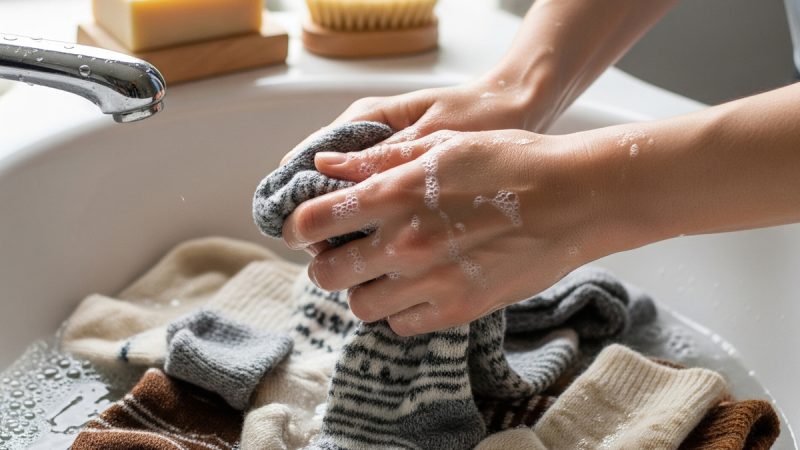
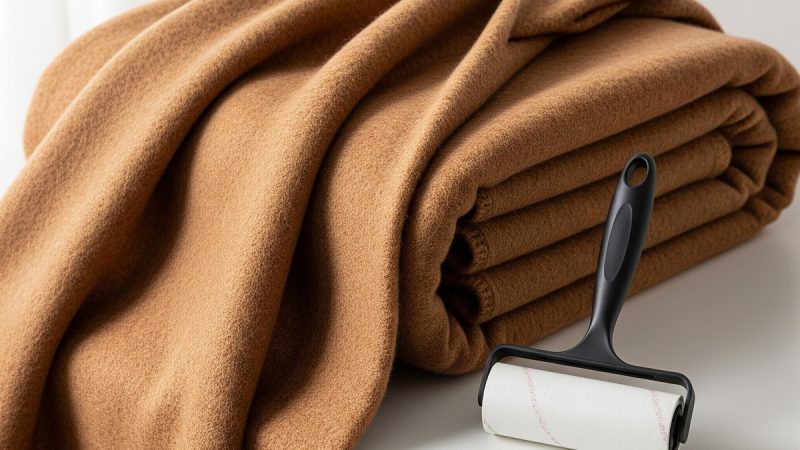
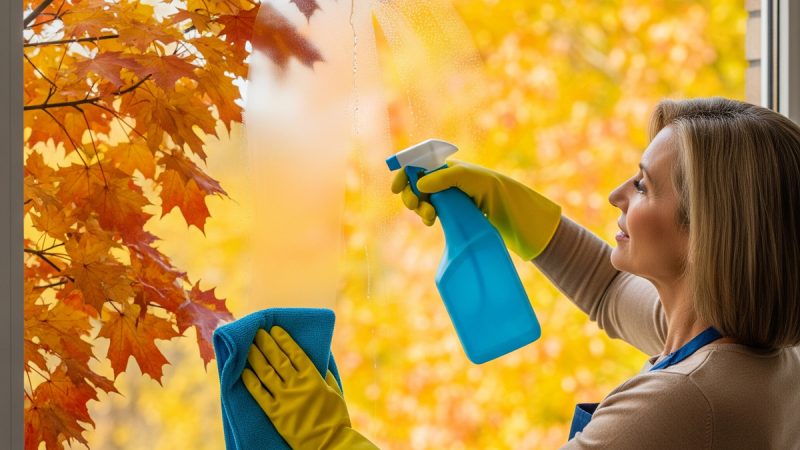

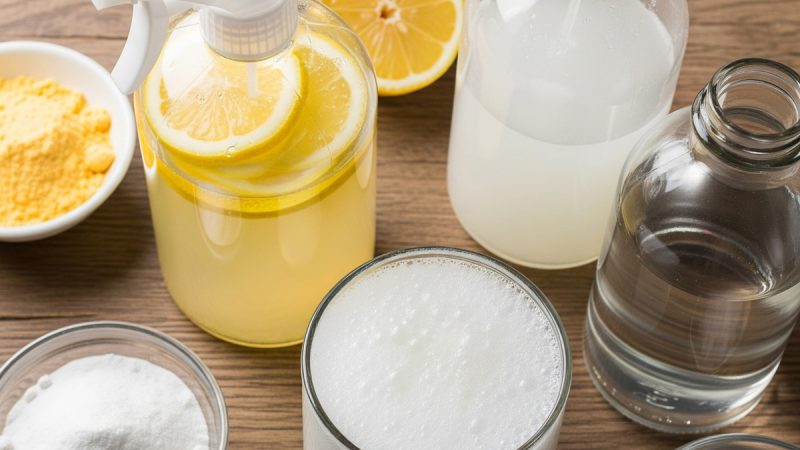
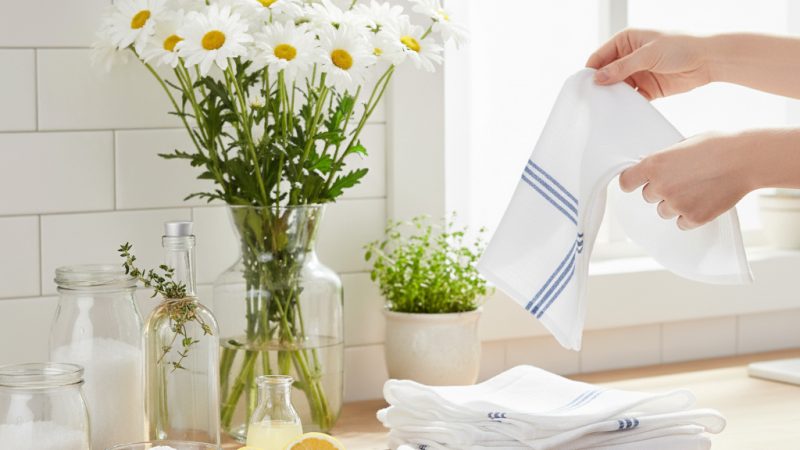

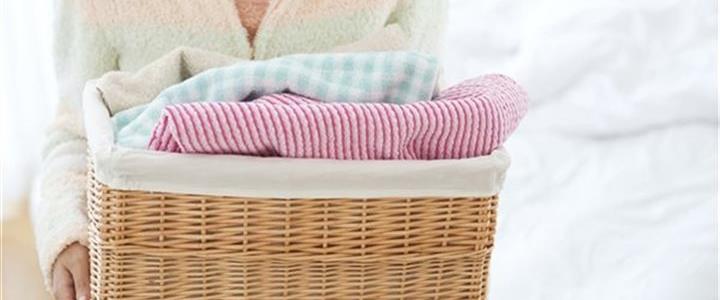
In Kerala,( Gods own country as it is known) S. India,my grandmother used to have palm fronds burnt to a fine ash and then would stir it into a tub of water. After it settled the clear water would be used to wash clothes.
Should be an explantation that someone can add.
Women have been the ‘Pioneers’ of greening – not to forget cleaning !!!
Thank you for your comment. The practice of using burnt palm fronds to create a natural laundry detergent has been used in many cultures for centuries. The ash from the burned palm fronds contains potassium hydroxide, which is a natural and powerful cleaning agent. When the ash is mixed with water, it creates an alkaline solution that helps to break down dirt and grime on clothes.
After the mixture settles, the clear liquid on top is carefully poured off and used as a natural detergent. This method is effective in cleaning clothes without using harsh chemicals that can be harmful to the environment, and it is also a sustainable practice that recycles organic waste material.
It’s always interesting to learn about traditional methods that have been passed down from generation to generation, and the use of burnt palm fronds as a natural laundry detergent is one such example.
what is unlsacked lime?
Hi Harlee,
Unslacked lime is also known as quicklime, burned lime and calcium oxide. You can get it from a large garden center, where it is sold as a fertilizer for lawns and gardens.
-PT